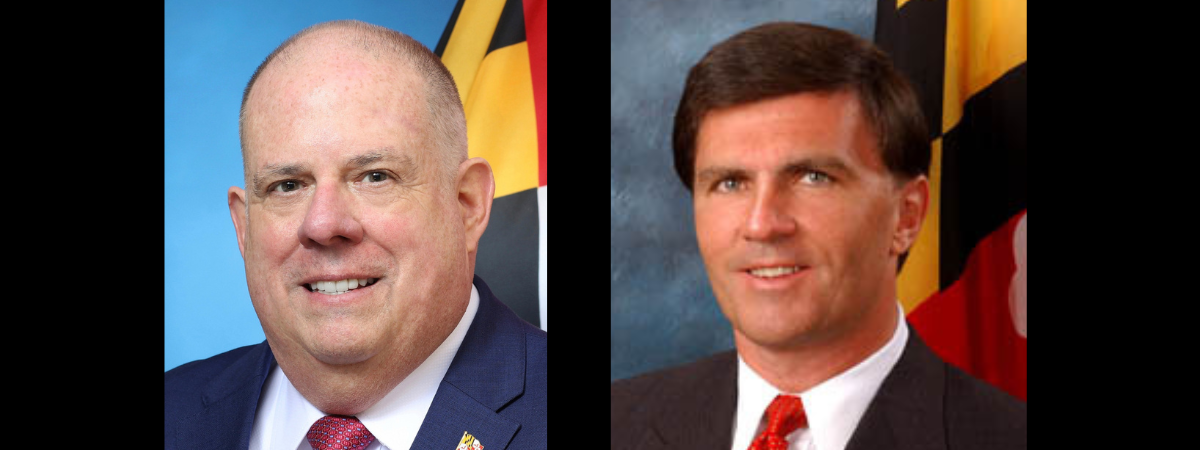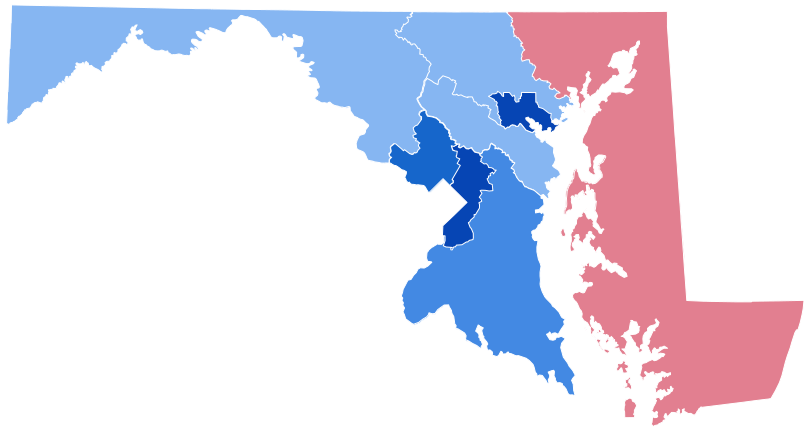US Wind, Oceantic Pitch Offshore Wind Future Amid Trump Attacks

At Shore Progress’s monthly meeting last week, the tension between national politics and local opportunity was on full display. With President Donald Trump escalating his attacks on offshore wind, representatives from US Wind and the Oceantic Network made their case directly to members gathered in Salisbury.
From the outset, the presenters stressed the scale of what’s coming to the Eastern Shore. “This project is the equivalent of building two nuclear power plants off our coast,” US Wind representative Dave Wilson said, pointing to plans for 114 turbines and four offshore substations. Together, he said, the project will generate two net gigawatts of clean energy, enough to power approximately 26% of the homes in Maryland.
The presentation walked members through the timeline: a four-phase buildout beginning in the southeast corner of the lease area, with each phase, including its own export cable, routed through Indian River Bay into the regional grid at the Indian River Power Plant in Delaware.
Environmental safeguards on display
Slides showed how US Wind plans to minimize negative effects on wildlife. The company will use an aircraft detection lighting system to keep turbines dark until a low-flying aircraft approaches, reducing night-sky light pollution. Marine protections include bubble curtains to dampen noise during pile driving, visual and acoustic monitoring for whales, and strict shutdown zones if animals enter construction areas.
Lights will be on less than 1% of the time in any given year, underscoring their view that offshore wind can coexist with migratory birds, commercial fishing, and marine transit.
Economic promise for the Shore
The discussion turned quickly to what the project means locally. US Wind pledged hundreds of jobs for the Shore, with commitments to use union labor and partner with minority, women, and veteran-owned businesses. Officials noted that the Lower Shore Workforce Alliance has already received $700,000 from Maryland Works for Wind to build training programs, while community colleges are adjusting trade curricula to educate the next generation of turbine technicians.
A planned operations and maintenance facility in West Ocean City will house technicians and crew transfer vessels, bringing steady employment and infrastructure investment to the harbor.
A national fight with local stakes
The meeting didn’t shy away from politics. Several members noted Trump’s repeated attempts to derail offshore wind projects including his latest push to revoke US Wind’s federal permit. US Wind officials acknowledged that such lawsuits could delay progress but insisted that the project’s federal approvals are on solid ground.
“This is the Eastern Shore's moment,” Shore Progress Chair Jared Schablein said, referring to a slide that showed more than $815 million in offshore wind investments statewide. “The question is whether politics will slow us down, or whether we keep building for the Shore’s future.”
The presentation had a clear message: Offshore wind is not just about clean power, but also about jobs, investment, and opportunity for Eastern Shore families.
Jan Plotczyk spent 25 years as a survey and education statistician with the federal government, at the Census Bureau and the National Center for Education Statistics. She retired to Rock Hall.
Common Sense for the Eastern Shore







